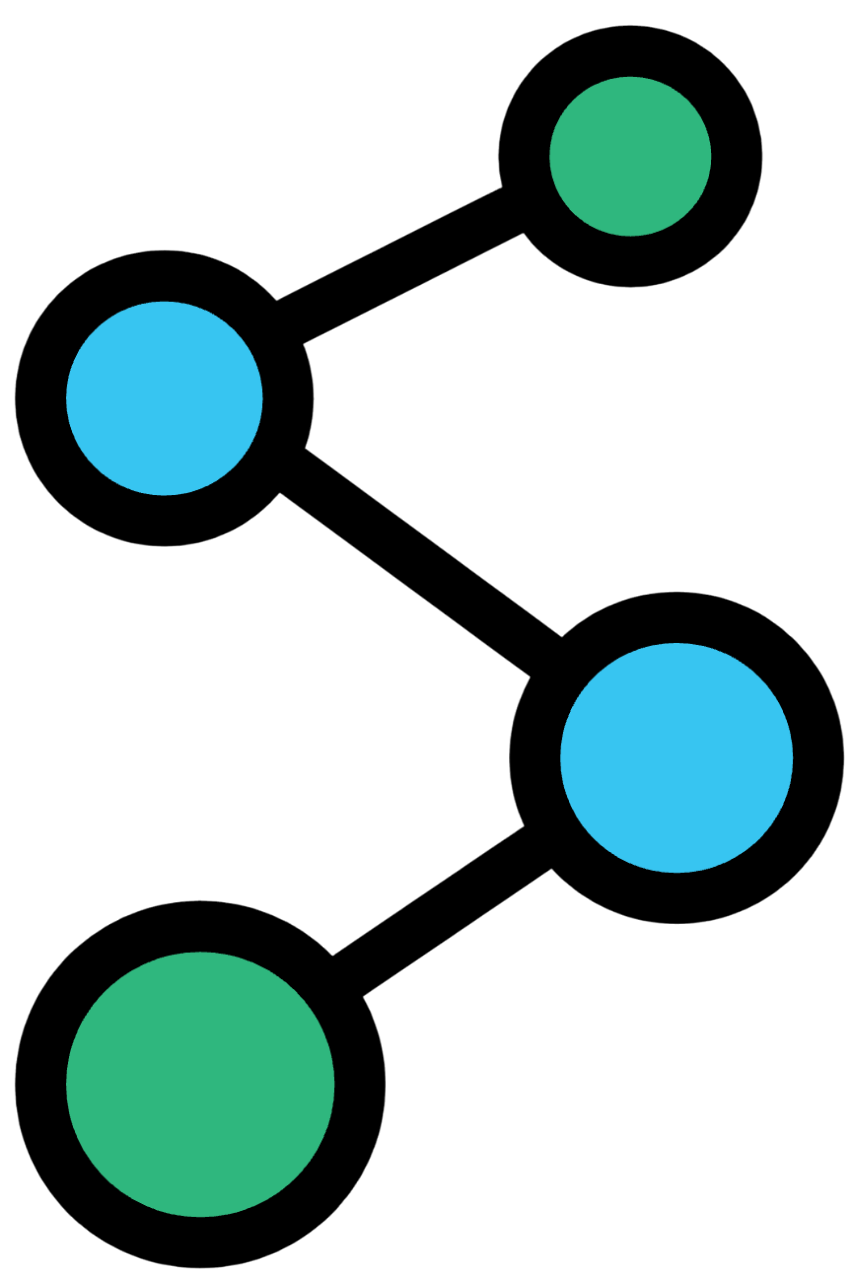Paper
Critical long-range percolation I: High effective dimension
Authors
Tom Hutchcroft
Abstract
In long-range percolation on , points and are connected
by an edge with probability , where
is fixed and is a parameter. As and
vary, the model is conjectured to exhibit eight qualitatively different
second-order critical behaviours, with a transition between mean-field and
low-dimensional regimes when , a transition between long-
and short-range regimes at a crossover value , and with various
logarithmic corrections at the boundaries between these regimes.
This is the first of a series of three papers developing a rigorous theory of
the model's critical behavior in five of these eight regimes, including all
long-range (LR) and high-dimensional (HD) regimes. In this paper, we introduce
our non-perturbative real-space renormalization group method and apply this
method to analyze the HD regime . In particular, we
compute the tail of the cluster volume and establish the superprocess scaling
limits of the model, which transition between super-Levy and super-Brownian
behavior when . All our results hold unconditionally for , without any perturbative assumptions on the model; beyond this
regime, when and , they hold under the assumption that
appropriate two-point function estimates hold as provided for spread-out models
by the lace expansion. Our results on scaling limits also hold (with possible
slowly-varying corrections to scaling) in the critical-dimensional regime with
subject to a marginal-triviality condition we call the
hydrodynamic condition; this condition is verified in the third paper in this
series, in which we also compute the precise logarithmic corrections to
mean-field scaling when .
